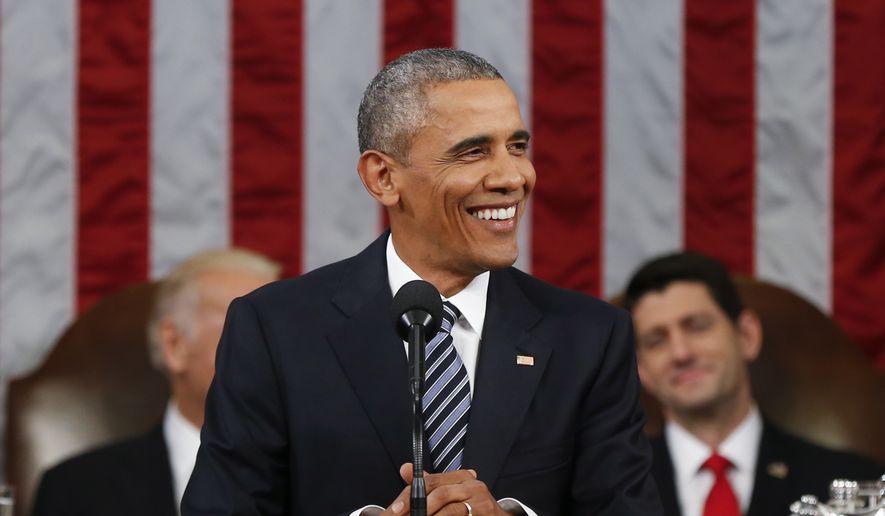The government could have continued to pay Social Security and other critical payments in the event it reached its debt limit, but the Obama administration intentionally misled Congress about that to force Republicans to hike the borrowing ceiling, a House panel said Monday, citing internal Treasury Department documents.
The stunning revelation could fundamentally change the battleground between Capitol Hill and the White House heading into the next debt showdown early next year, because it means a president could no longer use the threat of a full government shutdown to win a debt hike.
For conservatives, it could make a high-risk maneuver to limit spending more palatable.
According to the documents released by the House Financial Services Committee, even as the Obama administration was publicly warning it had no way to prioritize payments, it was privately making plans to do exactly that.
“At the same time that Treasury was insisting to Congress and the American people that prioritization is unworkable, Treasury and New York Fed officials were working behind the scenes on a prioritization plan,” the Financial Services Committee said in an exhaustive 322-page report detailing stunning duplicity on the part of Treasury Secretary Jacob Lew.
The report says the Obama administration tried to hide the documents from Congress and only turned them over after the committee voted to subpoena them,
“Treasury knew that the documents would expose the disingenuousness of its public statements and the political gamesmanship at the heart of the Administration’s ’no-negotiation’ strategy on the debt ceiling,” the committee said.
In a statement, the Treasury Department acknowledged that it had considered ways to prioritize payments, but said it still would have considered that a “default” on some obligations.
“Only Congress can raise the debt limit and the alternative is default. As the Treasury Department has explained on numerous occasions, due to the brinkmanship that led our country to the edge of default in 2011 and 2013, Treasury has been forced to consider a range of options with respect to how it would operate in the unthinkable event that Congress fails to raise the debt limit,” the department said. “While Treasury has viewed the option of delaying payments as the least harmful option in this catastrophic scenario, make no mistake – this would still be default.”
The debt limit is a congressionally imposed ceiling on how much the government can borrow.
When the government spends more than it takes in, it needs to raise the borrowing limit so it can continue to accumulate debt and pay all of its bills.
But what would happen if the government actually bumped into the limit has long been a source of contention.
Republicans on Capitol Hill say the government could continue to operate but would have to prioritize spending and cut from some lower-priority areas — a goal the GOP has long espoused.
The Obama administration had publicly implied it couldn’t pick and choose, and might have to suspend all payments, leading to a full government shutdown that would stop everything from Defense Department spending to Social Security checks to paying interest on the debt — meaning a default.
Privately, however, the New York Fed and the Treasury Department were exchanging ideas for how to prioritize payments so a default wouldn’t happen, and some obligations would go forward, according to the emails released in the report.
“In contrast to the testimony of Treasury officials implying that such plans would be ’unworkable’ and therefore unthinkable in a debt-ceiling event, it is clear from internal New York Fed records that the administration viewed these plans in a very different light and had seriously considered prioritizing payments during the debt ceiling standoff of 2013,” the GOP committee report said.
Congress last fought with Mr. Obama over the debt in October, agreeing to suspend the borrowing limit until March 2017, or beyond Mr. Obama’s tenure.
The current total federal debt stood at $18.99 trillion as of Thursday, which is the most recent figure.
Debt is expected to skyrocket in the next decade, and will flirt with $30 trillion by 2026, according to the Congressional Budget Office.
• Stephen Dinan can be reached at sdinan@washingtontimes.com.




Please read our comment policy before commenting.